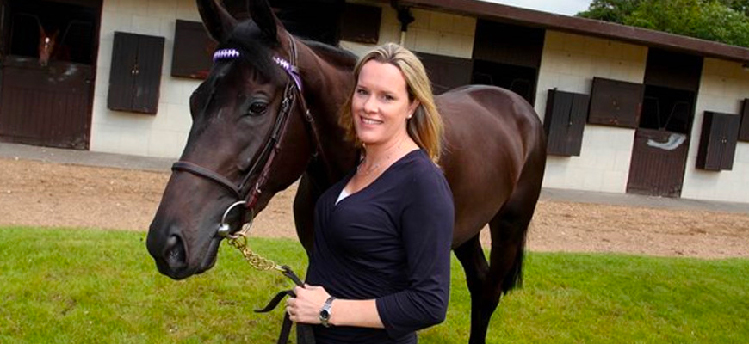Genetic data shows increased inbreeding in Thoroughbreds may compromise future sustainability of breed

Posted 21 January, 2020
Inbreeding in the global Thoroughbred population has risen significantly over the last 45 years and if left unchecked may compromise the future sustainability of the breed, according to research published in Scientific Reports.
For the study, scientists from University College Dublin and equine science company Plusvital analysed the genomes of over 10,000 Thoroughbreds. Their findings link the increase in inbreeding to the selection for favourable racing traits and the influence of popular sire lines.
97% of the Thoroughbreds analysed in the study traced to Northern Dancer, while 35% of the European horses had Sadler’s Wells in their pedigree, and 55% of the Australian horses had Danehill in their genetic line.
“Inbreeding has always been high in Thoroughbreds, but it is getting higher,” said (opens in a new window)Professor Emmeline Hill, Professor in Equine Genetics at the UCD School of Agriculture and Food Science, who is also Chief Science Officer with (opens in a new window)Plusvital.
“It is likely that, unchecked, inbreeding in the Thoroughbred will continue to increase in a market where there is high demand for particular sire lines,” added Professor Hill from the UCD School of Agriculture and Food Science.
“The problem with inbreeding is that it can compromise overall population fertility and health.”
According to Professor Hill, this is a significant issue in the population and must be addressed at an industry-wide level.
Unlike most managed animal production systems, there is no systematic, industry-mediated genomic selection or population management for the Thoroughbred.
However, Professor Hill says their data can assist the industry to monitor inbreeding and DNA-based tools have been developed that individual breeders can use to reduce the problem by choosing genetically diverse stallions for their mares.
“Pedigree is not powerful enough to help any more. Pedigree can be useful in highlighting broad trends in breeding practices, such as the predominance of certain sire lines leading to a high degree of relatedness. However, since Thoroughbreds are now so closely related, there is no longer the resolution in a pedigree to accurately infer relatedness between individuals,” she explained.
“Multiple studies show that pedigree-based estimates of relatedness are less accurate than DNA-based methods which measure the true genetic relationship between individuals. Suitable outcrosses will be best identified using genetic data.”
Higher inbreeding is not associated with superior racing performance.
“The purpose of this research to provide information that, if harnessed in the appropriate way, could be beneficial to ensure the future sustainability of the breed.”
By: Staff Writers, UCD University Relations
UCD academics on The Conversation
- Opinion: The leap year is February 29, not December 32 due to a Roman calendar quirk – and fastidious medieval monks
- Opinion: Nigeria’s ban on alcohol sold in small sachets will help tackle underage drinking
- Opinion: Nostalgia in politics - Pan-European study sheds light on how (and why) parties appeal to the past in their election campaigns






